Five Stocks to Sell Now
These companies are facing uphill battles as they head into 2016. It's better to stay out of the fray.

Knowing when to dump a stock is never easy. Companies in a ditch can claw their way out, and highfliers sometimes keep soaring. Yet some stocks are hampered by too many obstacles to make them compelling. The following five stocks face considerable troubles, making them good candidates to sell or trim your holdings. (Prices are as of October 30.)
One beleaguered business is industrial conglomerate Emerson Electric (symbol EMR, $47). CEO David Farr recently warned that the company sees “difficult market conditions” into 2016. Emerson is grappling with weakness in developing nations, waning demand in the energy sector and a strong dollar. Analysts see sales slipping 7.1% in the fiscal year that ends next September. “The business’s strengths don’t outweigh the risks,” says Eric Schoenstein, comanager of the Jensen Quality Growth Fund. (Prices are as of October 30.)
Chipotle Mexican Grill (CMG, $640) still serves up tasty burritos. But the “fast casual” restaurant company faces pressure from higher labor costs and marketing expenses. Sales at stores open at least a year (a key measurement for restaurant chains) inched up just 2.6% in the third quarter of 2015, down from 19.8% growth a year earlier. Even with the stock sliding 16% from last summer’s record high of $758, it’s no bargain at 31 times estimated 2016 earnings. “The business isn’t falling apart, but we don’t see much upside,” says Stacie Cowell, comanager of the Rainier Mid Cap Equity Fund.
From just $107.88 $24.99 for Kiplinger Personal Finance
Become a smarter, better informed investor. Subscribe from just $107.88 $24.99, plus get up to 4 Special Issues

Sign up for Kiplinger’s Free Newsletters
Profit and prosper with the best of expert advice on investing, taxes, retirement, personal finance and more - straight to your e-mail.
Profit and prosper with the best of expert advice - straight to your e-mail.
For Stratasys (SSYS, $26), a maker of 3D printers, the challenge these days is stiffer competition. Businesses and consumers are buying 3D printers to churn out everything from dental implants to homemade guns. But rivals have muscled into the business, and demand for the hardware and related services hasn’t climbed as much as expected. UBS analyst Steven Milunovich says that with the stock at 31 times his 2016 profit estimate, Stratasys’s price-earnings ratio is becoming “more realistic.” But “we don’t yet have confidence in the earnings,” adds Milunovich, who rates the stock a “sell” and has a 12-month price target of $18.
After losing more than half its market value over the past year, Spirit Airlines (SAVE, $37) looks cheap. But don’t be fooled. Spirit’s ultralow-fare model is under attack by carriers such as American Airlines, which recently said it was willing to match some Spirit fares, setting the stage for a price war. Low fuel prices are giving other carriers more flexibility to match Spirit’s fares, and Spirit’s CEO rattled investors when he said recently that the company faces a “volatile pricing environment.” Wall Street sees profits dipping 1.2% in 2016. “It seems to be a struggling business,” says Lamar Villere, comanager of the Villere Equity Fund.
It may take guts to bet against Valeant Pharmaceuticals (VRX, $94) now that the stock has tumbled 64% from its August peak. But given the drugmaker’s woes, the stock could fall further. Valeant’s strategy of buying competitors and quickly hiking prices on some of their products seems to have collapsed. What’s more, U.S. prosecutors are investigating the Canadian firm’s pricing and distribution practices. And some investors have raised questions about Valeant’s accounting. Meanwhile, Valeant’s balance sheet is loaded with $30.1 billion in long-term debt. Although Valeant could itself get swallowed up, steering clear seems wise for now.
Profit and prosper with the best of Kiplinger's advice on investing, taxes, retirement, personal finance and much more. Delivered daily. Enter your email in the box and click Sign Me Up.

-
 How Much a $100k Jumbo CD Earns You
How Much a $100k Jumbo CD Earns YouYou might be surprised at how fast a jumbo CD helps you reach your goals.
-
 How Charitable Trusts Benefit You and Your Favorite Charities
How Charitable Trusts Benefit You and Your Favorite CharitiesThese dual-purpose tools let affluent families combine philanthropic goals with advanced tax planning to generate income, reduce estate taxes and preserve wealth.
-
 A 5-Step Plan for Parents of Children With Special Needs
A 5-Step Plan for Parents of Children With Special NeedsGuidance to help ensure your child's needs are supported now and in the future – while protecting your own financial well-being.
-
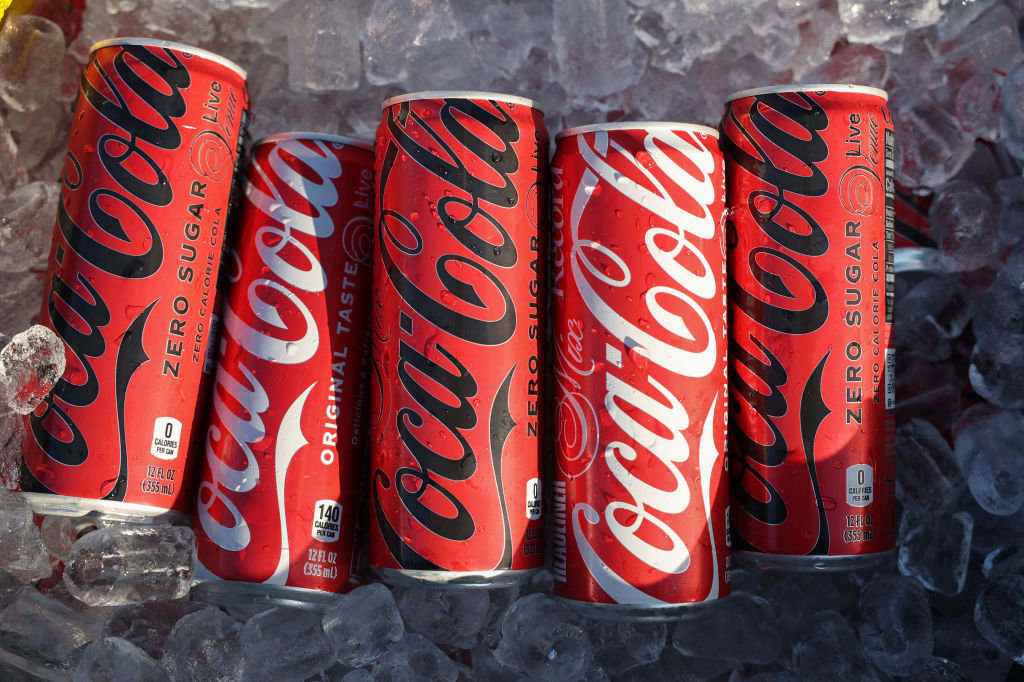 If You'd Put $1,000 Into Coca-Cola Stock 20 Years Ago, Here's What You'd Have Today
If You'd Put $1,000 Into Coca-Cola Stock 20 Years Ago, Here's What You'd Have TodayEven with its reliable dividend growth and generous stock buybacks, Coca-Cola has underperformed the broad market in the long term.
-
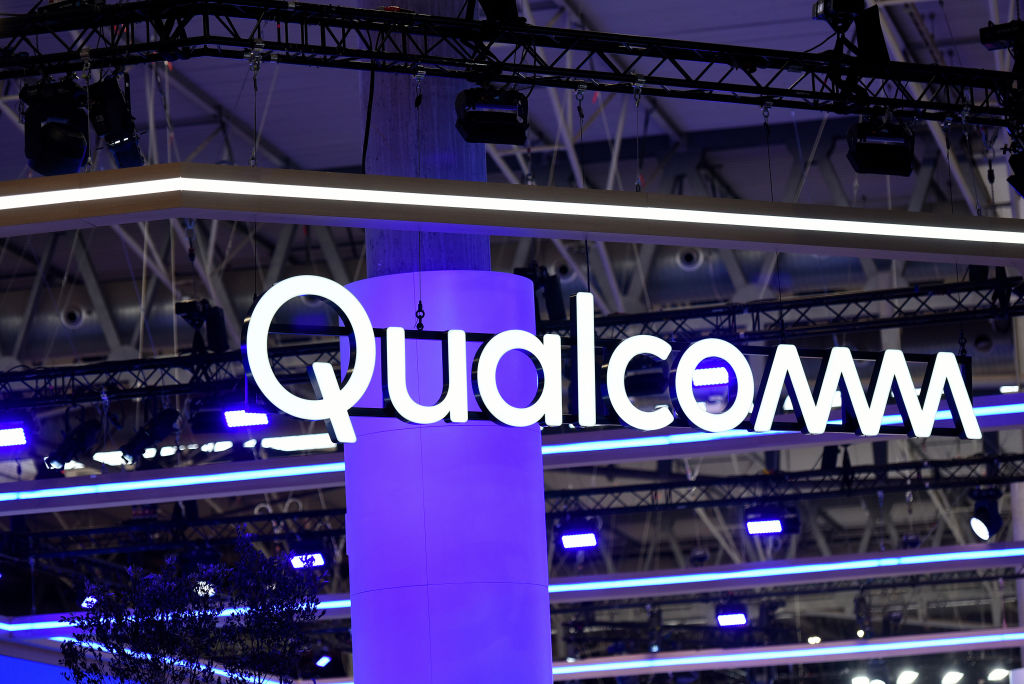 If You Put $1,000 into Qualcomm Stock 20 Years Ago, Here's What You Would Have Today
If You Put $1,000 into Qualcomm Stock 20 Years Ago, Here's What You Would Have TodayQualcomm stock has been a big disappointment for truly long-term investors.
-
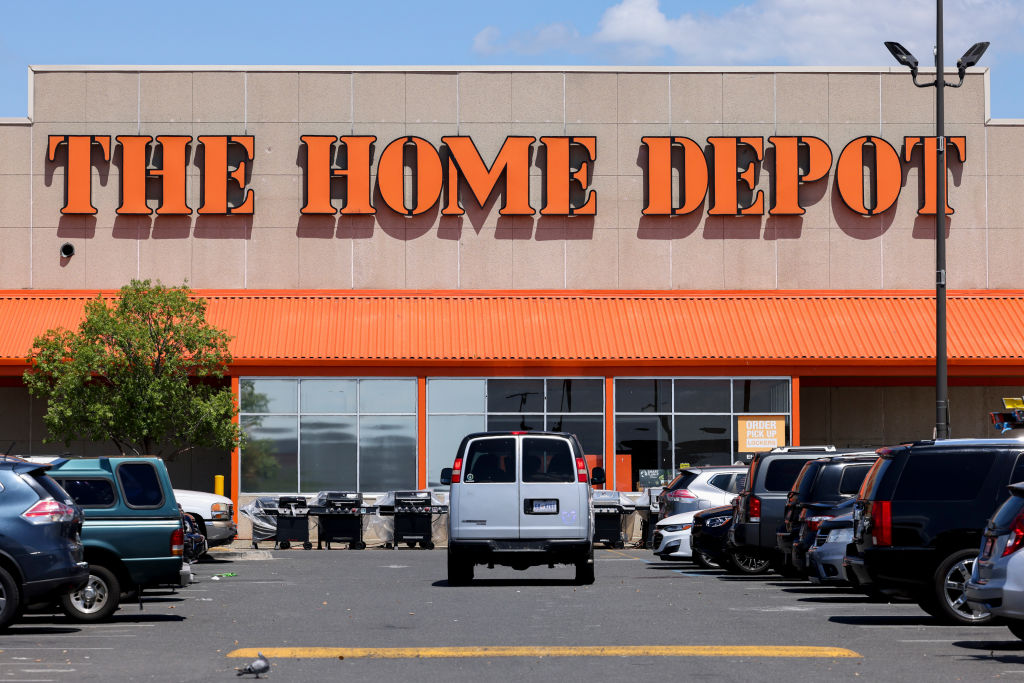 If You'd Put $1,000 Into Home Depot Stock 20 Years Ago, Here's What You'd Have Today
If You'd Put $1,000 Into Home Depot Stock 20 Years Ago, Here's What You'd Have TodayHome Depot stock has been a buy-and-hold banger for truly long-term investors.
-
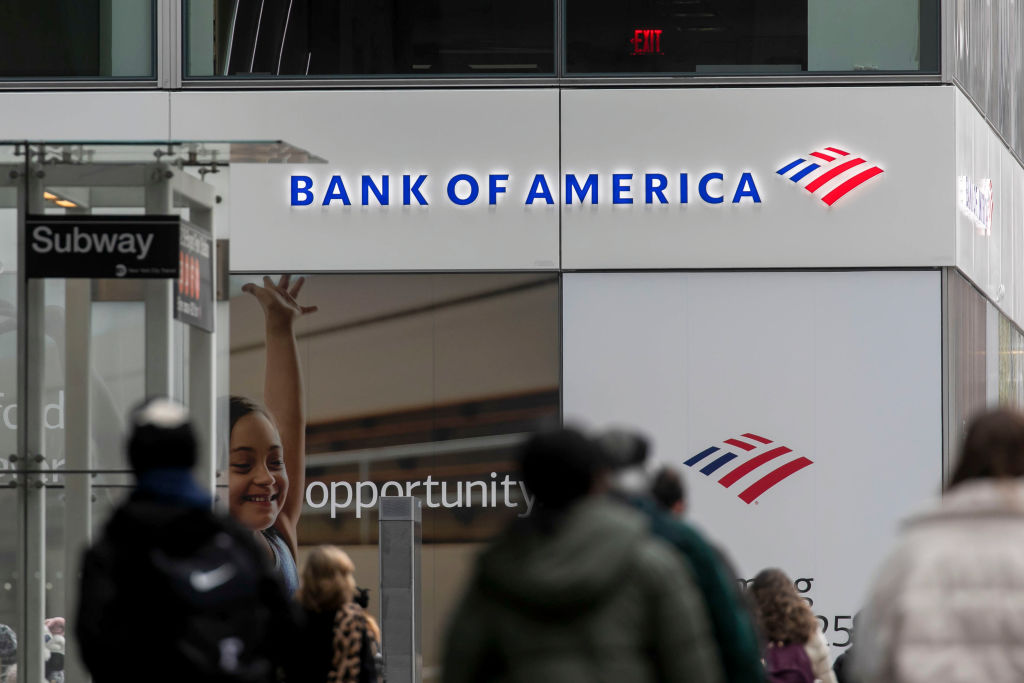 If You'd Put $1,000 Into Bank of America Stock 20 Years Ago, Here's What You'd Have Today
If You'd Put $1,000 Into Bank of America Stock 20 Years Ago, Here's What You'd Have TodayBank of America stock has been a massive buy-and-hold bust.
-
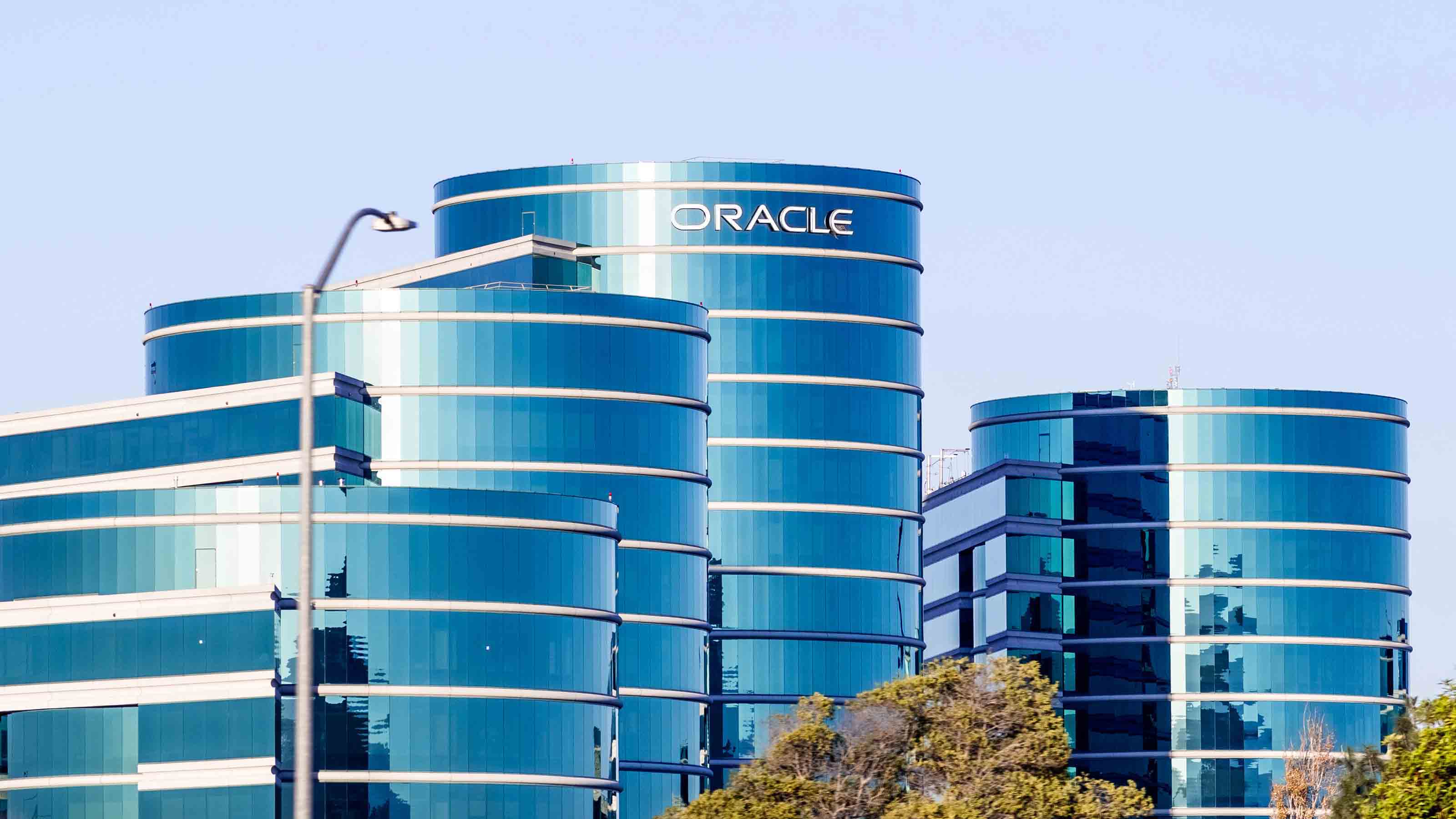
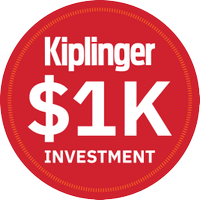 If You'd Put $1,000 Into Oracle Stock 20 Years Ago, Here's What You'd Have Today
If You'd Put $1,000 Into Oracle Stock 20 Years Ago, Here's What You'd Have TodayORCL Oracle stock has been an outstanding buy-and-hold bet for decades.
-
 If You'd Put $1,000 Into Sherwin-Williams Stock 20 Years Ago, Here's What You'd Have Today
If You'd Put $1,000 Into Sherwin-Williams Stock 20 Years Ago, Here's What You'd Have TodaySherwin-Williams stock has clobbered the broader market by a wide margin for a long time.
-
 If You'd Put $1,000 Into UnitedHealth Group Stock 20 Years Ago, Here's What You'd Have Today
If You'd Put $1,000 Into UnitedHealth Group Stock 20 Years Ago, Here's What You'd Have TodayUNH stock was a massive market beater for ages — until it wasn't.
-
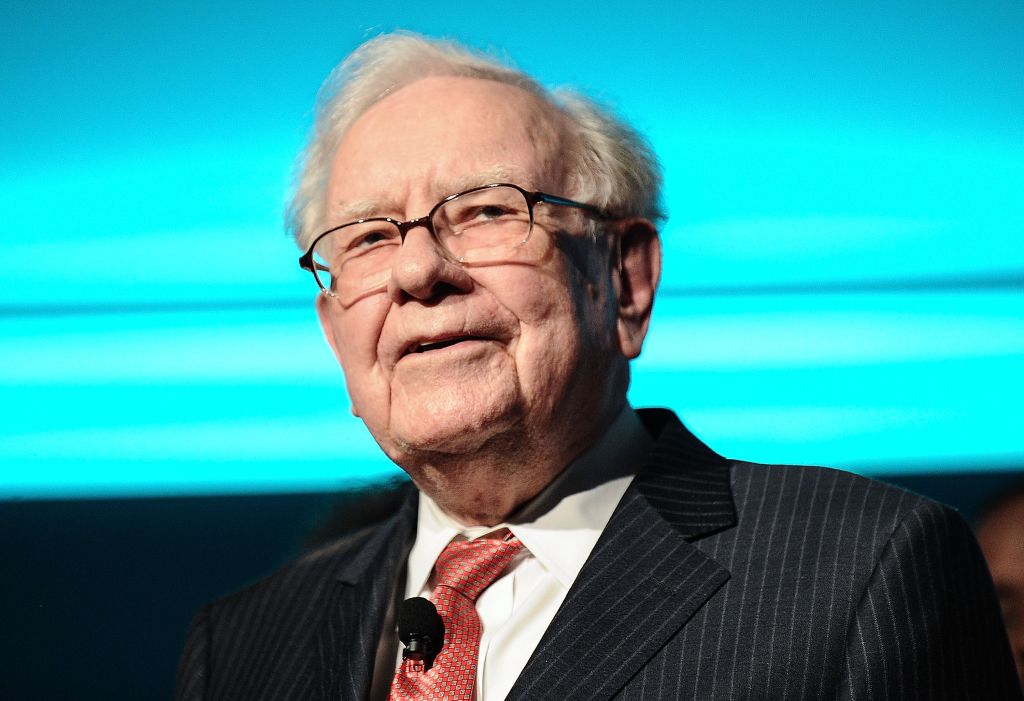 If You'd Put $1,000 Into Berkshire Hathaway Stock 20 Years Ago, Here's What You'd Have Today
If You'd Put $1,000 Into Berkshire Hathaway Stock 20 Years Ago, Here's What You'd Have TodayBerkshire Hathaway is a long-time market beater, but the easy money in BRK.B has already been made.